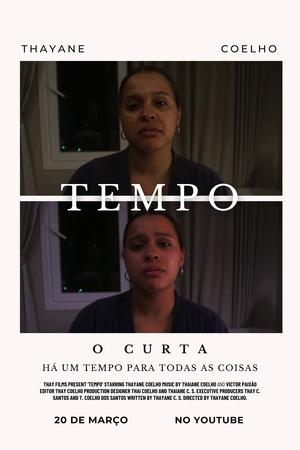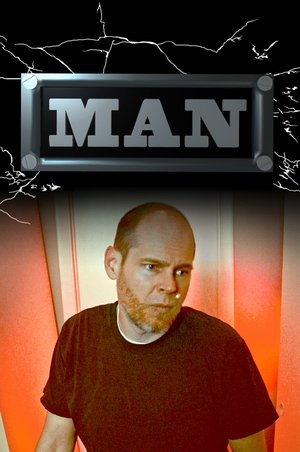
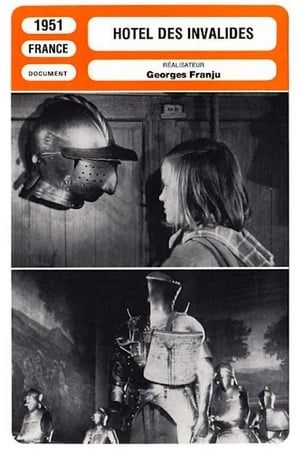
Hôtel des Invalides(1952)
A tour of the Hotel des Invalides, and more particularly of the Army Museum and the Saint Louis Chapel. From François I's armor to Guynemer's airplane, to Napoleon's and Marshall Foch's tombs. But this is no ordinary tour,it is rather a chilling visit guided by Georges Franju and narrated by Michel Simon emphasizing - at times through biting humor -not the glory but the nonsense of wars, but their tragic aftermath.
Movie: Hôtel des Invalides

Hôtel des Invalides
HomePage
Overview
A tour of the Hotel des Invalides, and more particularly of the Army Museum and the Saint Louis Chapel. From François I's armor to Guynemer's airplane, to Napoleon's and Marshall Foch's tombs. But this is no ordinary tour,it is rather a chilling visit guided by Georges Franju and narrated by Michel Simon emphasizing - at times through biting humor -not the glory but the nonsense of wars, but their tragic aftermath.
Release Date
1952-12-31
Average
5.818
Rating:
2.9 startsTagline
Genres
Languages:
Français
Recommendations Movies
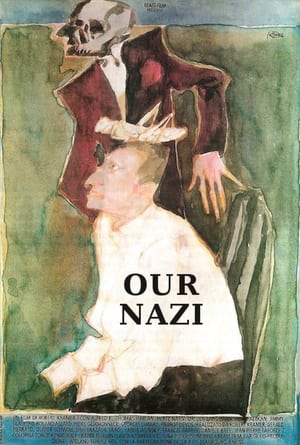 8.5
8.5Our Nazi(de)
In Our Nazi, we are plunged into a situation we barely, and only slowly, understand: the filming of Thomas Harlan’s experimental feature Wundkanal (1984), in which true-life ex-SS officer Alfred Filbert, now very old, is ‘put on trial’ for the camera, without him suspecting what is to come or why he is really there. Kramer’s confronting film is an essay about the sticky complicity of everyone present at this event, each bringing their own history, their own political ideology, their own desires to take revenge, to seek redemption or compassion, or just to put their heads down and ‘get the job done’ professionally, or (in the case of Filbert) to be a star, a part of the magnificent, magical, seductive world of cinema, even if it kills him.
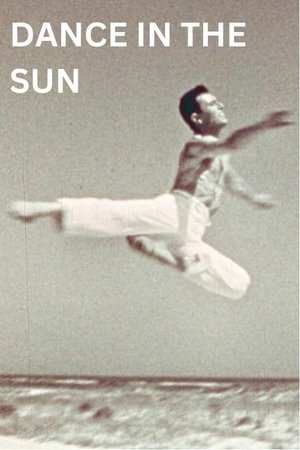 6.6
6.6Dance in the Sun(en)
Choreographer Daniel Nagrin performs in a studio and in the sun.
 6.1
6.1Yes or No 2(th)
Kim and Pie are in love, but after graduation they have to travel into two different directions for their internship; Kim is going to work in a farm in the northern province of Nan, while Pie is going South to work in a fishery center. Their love is being tested by the distance between them.
Mist(en)
Silence dominates the work, as does the screen rectangle, which cuts off the “image” from a life time-space continuum and imposes upon the image its particular character. Within it, there is a play between tonalities, textures, large and small shapes.
 10.0
10.0Life of a Mutt(sr)
Through seven scenes, the film follows the life and destinies of stray dogs from the margins of our society, leading us to reconsider our attitude towards them. Through the seven “wandering” characters that we follow at different ages, from birth to old age, we witness their dignified struggle for survival. At the cemetery, in an abandoned factory, in an asylum, in a landfill, in places full of sorrow, our heroes search for love and togetherness. By combining documentary material, animation and acting interpretation of the thoughts of our heroes, we get to know lives between disappointment and hope, quite similar to ours.
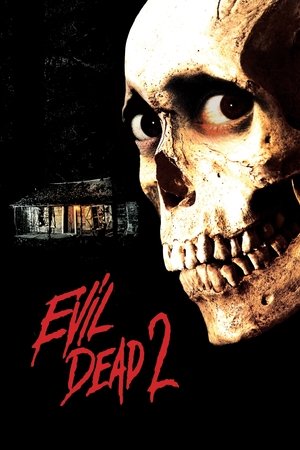 7.5
7.5Evil Dead II(en)
Ash Williams and his girlfriend Linda find a log cabin in the woods with a voice recording from an archeologist who had recorded himself reciting ancient chants from "The Book of the Dead." As they play the recording an evil power is unleashed taking over Linda's body.
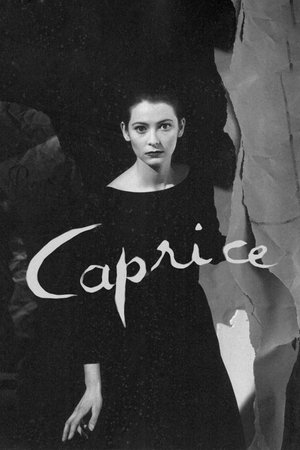 6.1
6.1Caprice(en)
A girl finds herself inside a fashion magazine – Joanna Hogg's graduation piece at the National Film and Television School starring a then unknown Tilda Swinton.
 7.3
7.3Without Family(it)
Released from the orphanage at the age of thirty, a man dreams of finding his mother.
 7.0
7.0Lights Out(en)
A drifting ex-soldier turns underground fighter with the help of a just-released ex-con, pitting him against corrupt cops and hired killers now gunning for him and all those he cares about.
 5.9
5.9The Falls: Testament of Love(en)
The Falls: Testament of Love is a continuation of the story of RJ Smith and Chris Merrill, two Mormon missionaries that fell in love during their mission in a small town in Oregon. The boys haven't spoken in five years, but when an unexpected tragedy compells them back to the Oregon town where they served, they find themselves, once again, thrust into one another's lives. As old feelings begin to surface they find themselves again facing difficult choices. If they pursue their desire to be together, RJ and Chris risk hurting the ones they care about as they embark on a spiritual journey to discover love, freedom, and happiness.
 4.9
4.9Telephone Operator(en)
A telephone operator covering for a friend's "fling" finds herself in the middle of a major disaster when the city is hit by a big flood and her switchboard is the center of communications.
 5.8
5.8A Christmas Miracle for Daisy(en)
Whitney Alder owns interior design firm Marietta Designs, which she runs with her friend Andi in the small town of Marietta, Montana. Whitney is designing Santa’s float for the annual Marietta Christmas Parade when a potential job opportunity comes her way: the full redesign of a landmark home by Christmas Eve.
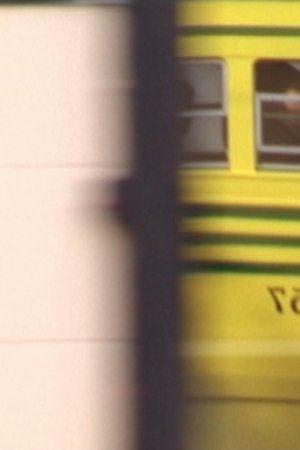 5.7
5.7way(en)
San Francisco filmmaker Konrad Steiner took 12 years to complete a montage cycle set to the late Leslie Scalapino’s most celebrated poem, way—a sprawling book-length odyssey of shardlike urban impressions, fraught with obliquely felt social and sexual tensions. Six stylistically distinctive films for each section of way, using sources ranging from Kodachrome footage of sun-kissed S.F. street scenes to internet clips of the Iraq war to a fragmented Fred Astaire dance number.
 6.5
6.5NO STEP(id)
A group of students are preparing works for an art exhibition, they belittle a myth that "Any inanimate object that resembles a living thing, is not just a dead-object"
 6.5
6.5LEGO Marvel Avengers: Mission Demolition(en)
A young, aspiring hero and superhero fan inadvertently unleashes a powerful new villain looking to rid the world of the Avengers.

